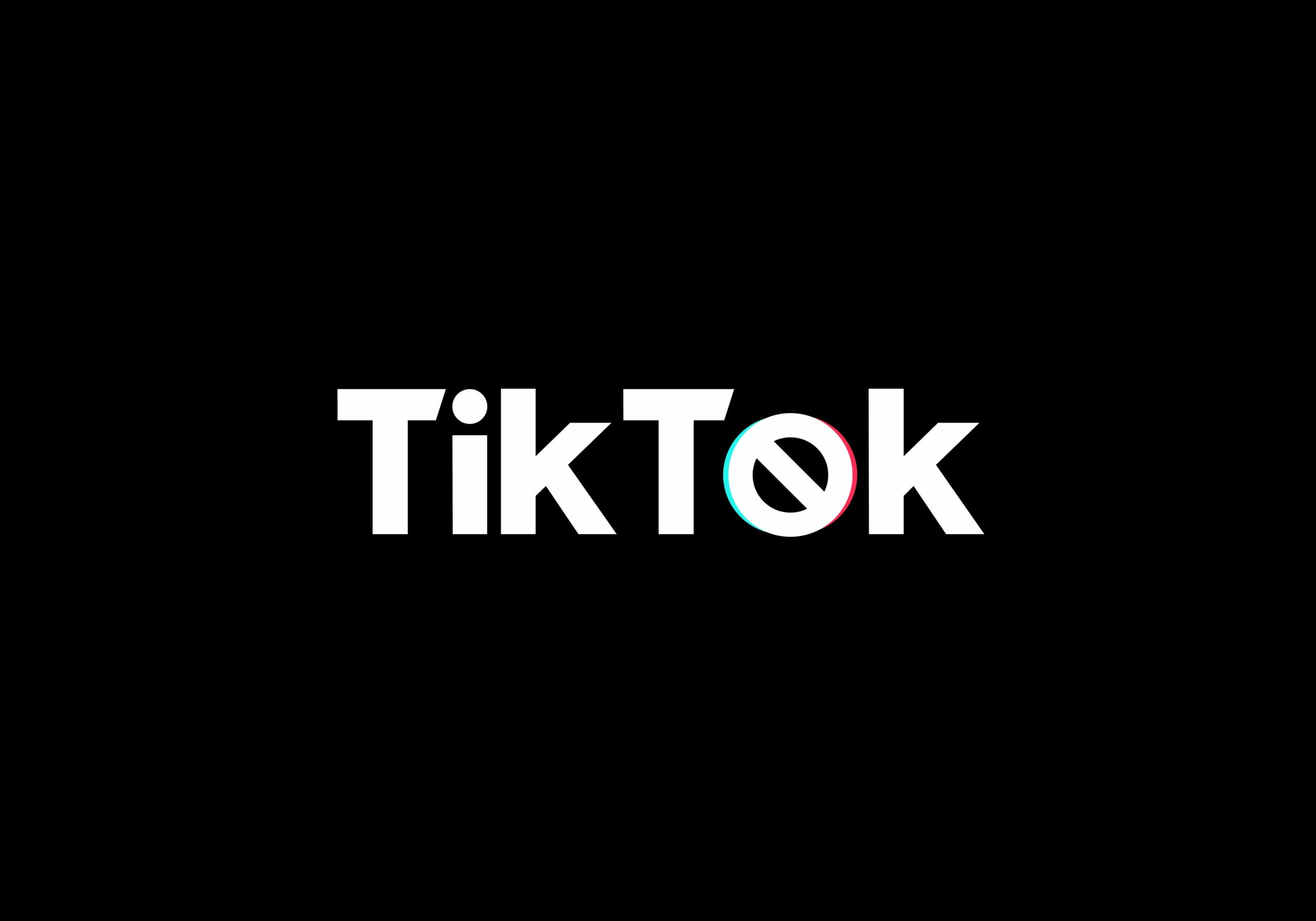With its explosive growth and popularity among young users, TikTok has become one of the most influential social media platforms of our time. However, as parents, it’s natural to be concerned about how our children engage with this app and the potential risks involved. Fortunately, TikTok offers various parental control features that can help us ensure our children’s safety while using the platform. In this article, we will explore the significance of TikTok parental controls and provide tips on how children can use TikTok safely.
Understanding TikTok Parental Controls:
- Restricted Mode: TikTok’s Restricted Mode is a crucial feature that filters out potentially inappropriate content, making the platform safer for younger users. It helps block content that may contain explicit language, violence, or mature themes. Parents can activate this feature by accessing the Digital Wellbeing settings in the app.
- Screen Time Management: TikTok’s Screen Time Management feature enables parents to set a limit on the amount of time their children can spend on the app each day. This tool encourages responsible usage and prevents excessive screen time, helping to maintain a healthy balance between online and offline activities.
- Direct Messages and Comments: TikTok allows parents to control who can send direct messages to their child and who can comment on their videos. By limiting these interactions to friends or turning them off completely, parents can reduce the chances of their children being exposed to unwanted contact or cyberbullying.
Tips for Children to Use TikTok Safely:
- Privacy Settings: Encourage your child to review and adjust their privacy settings regularly. They should make their account private to ensure that only approved followers can see their videos and interact with them. By doing so, they can have better control over who can view their content.
- Content Awareness: Teach your child about the importance of being mindful of the content they share and engage with on TikTok. Encourage them to think critically about what they post and to consider the potential consequences before sharing personal information or engaging in risky challenges.
- Responsible Following: Help your child develop a healthy TikTok feed by guiding them to follow accounts that promote positive content, educational material, and healthy interests. Encourage them to unfollow or block any accounts that share inappropriate or harmful content.
- Reporting and Blocking: Teach your child how to report and block any users or videos that violate TikTok’s community guidelines or make them feel uncomfortable. This empowers them to take control of their online experience and ensures that inappropriate content or behavior is dealt with effectively.
- Open Communication: Maintain an open line of communication with your child regarding their TikTok usage. Encourage them to come to you if they encounter any issues or concerns while using the app. By fostering trust and open dialogue, you can address any problems promptly and guide them towards safe and responsible digital citizenship.
Conclusion:
TikTok can be a fun and creative platform for children, but it’s important to prioritize their safety and well-being while using it. TikTok’s parental control features, coupled with responsible digital habits, can help ensure a positive and secure experience for young users. By utilizing restricted mode, managing screen time, and encouraging responsible behavior, parents can play an active role in safeguarding their children’s online experiences. Equally important is teaching children about privacy settings, content awareness, responsible following, reporting and blocking, and maintaining open communication. Together, we can empower our children to navigate TikTok safely and responsibly, fostering a healthy relationship with technology and the digital world.

